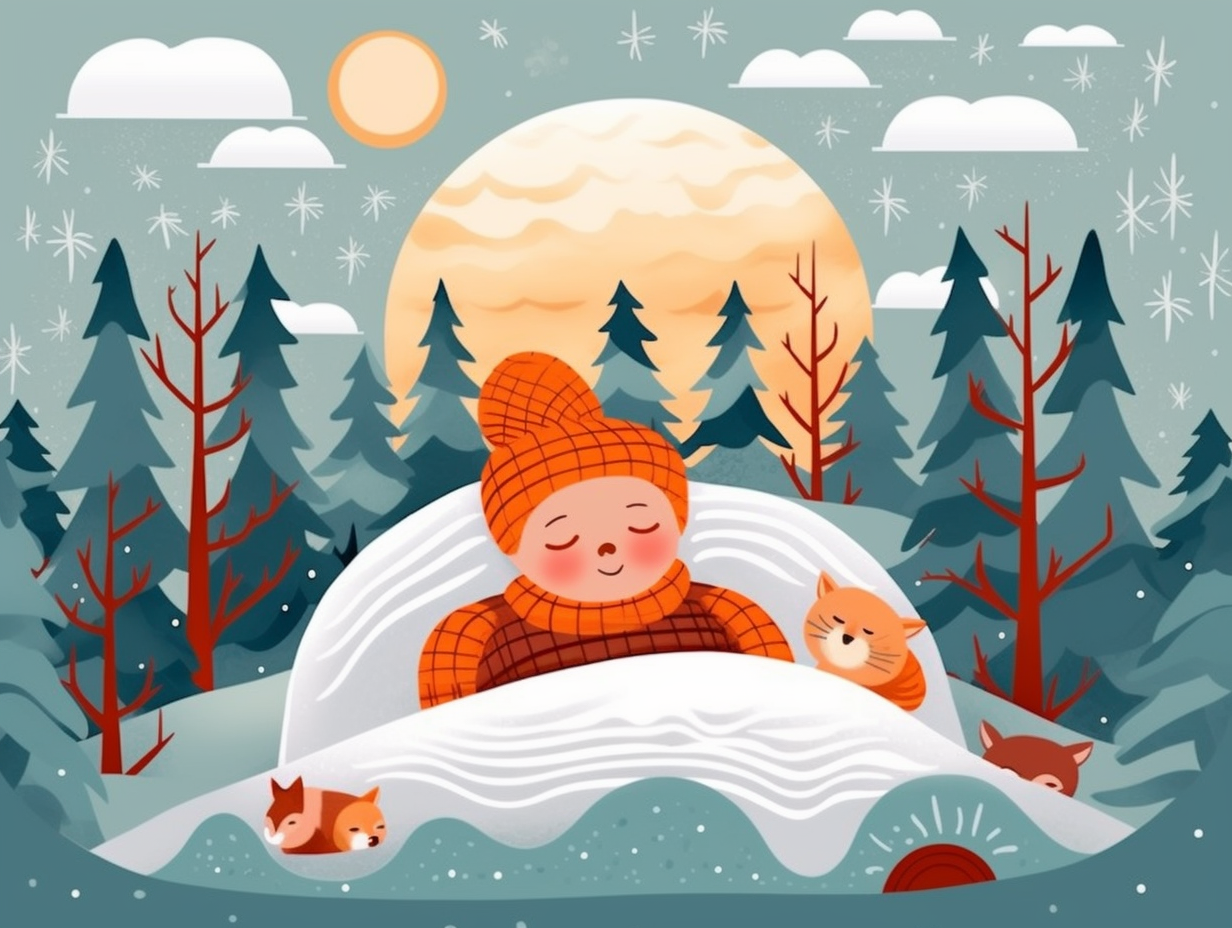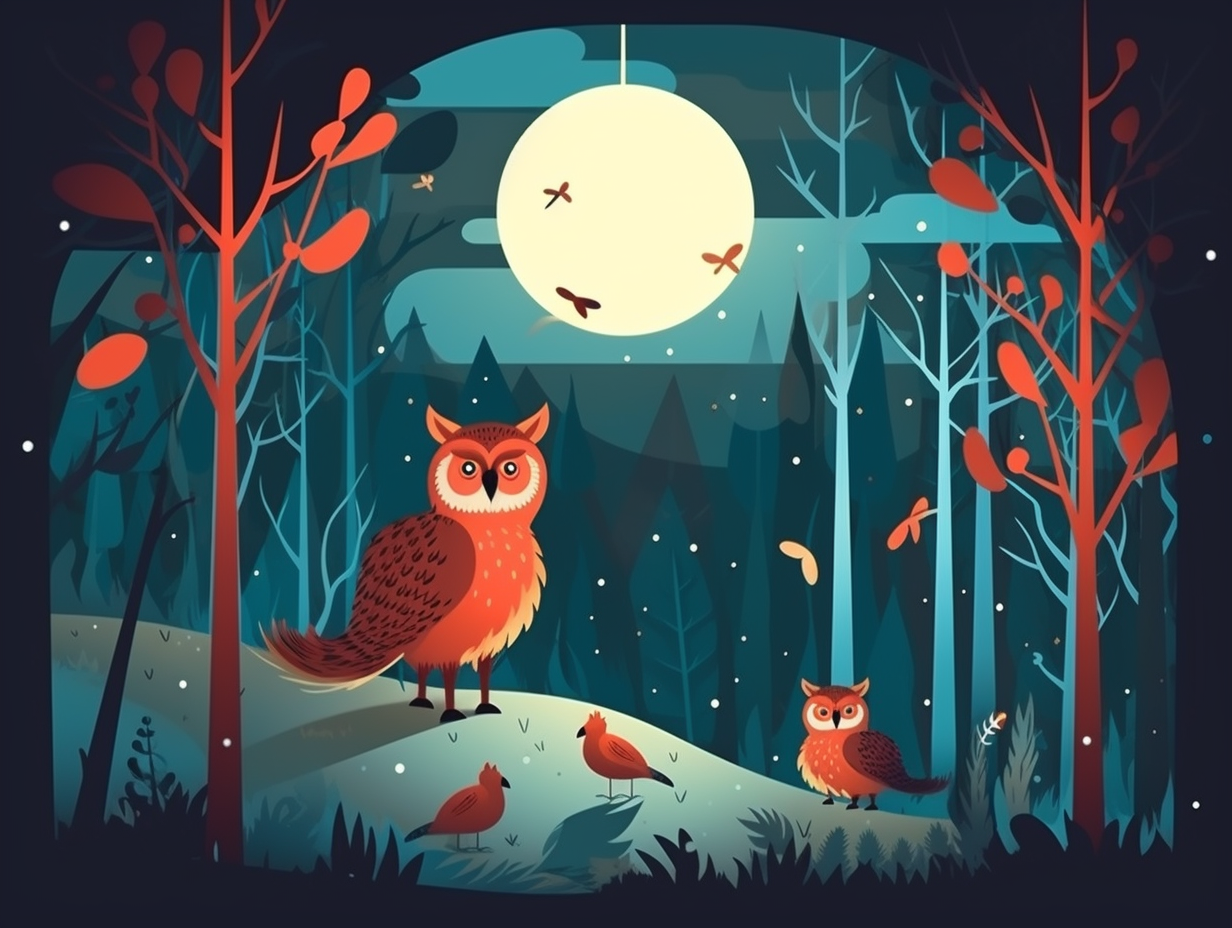Discover the Coziest Secrets: 11 Amazing Hibernation Fun Facts You Never Knew!

1. Bear Light Sleepers
Move over Goldilocks, there's a new sleepy bear in town: Unlike typical hibernation, bears only decrease their body temperature by 10-15 degrees and can wake up easily if disturbed, making them the "light sleepers" of the animal kingdom. In northern areas, they can lounge around their dens for up to 8 months, while in the south, they simply sneak in a shorter, "power hibernation". This astonishing adaptation is now being studied for potential medical applications in treating kidney dysfunction and bone degradation.
Source => ncwildlife.org
2. Lemur Booty Boost
Move over, Kim Kardashian: there's a new booty in town! Meet the fat-tailed dwarf lemur, a primate that ups its rear appeal by storing massive amounts of fat in its tail before hibernation: This tail treasure leads to significant weight gain, shifting the lemur's center of mass, and making their hindlimbs work harder in comparison to their forelimbs during winter walks.
Source => pubmed.ncbi.nlm.nih.gov

Did you know that nocturnal animals have superhero-like night vision due to their large eyes, wider pupils, and a special reflective layer called the tapetum? Discover how these creatures see in the dark and dominate the night!
=> Fun Facts about Nocturnal-Animals
3. Hibernation Perks
It turns out that hitting the snooze button on life has its perks for our furry friends: hibernating animals tend to have a higher survival rate and can achieve longer lifespans than their non-hibernating counterparts, due to their ability to conserve energy and dodge predators during hibernation, according to a study in Proceedings of the Royal Society B.
Source => nbcnews.com
4. Squirrels' Brain Power
When arctic ground squirrels aren't busy competing for a spot on the next season of "The Nutcracker: Squirrel Edition", they're actually doing something quite nifty in their downtime: during hibernation, their brains experience massive growth spurts, multiplying neural connections to levels surpassing their previous awake state, potentially offering insights for treating neurodegenerative diseases like Alzheimer's.
Source => scientificamerican.com

5. Alpine Marmot Hibernation Yoga
Imagine an Alpine marmot mastering the art of hibernation yoga: striking just the right balance between chilly naps and energy conservation! In truth: Alpine marmots lower their metabolic rate by up to 95% during hibernation, rhythmically fluctuating their body temperature, actively regulating their energy expenditure, and ensuring they remain healthy without food, ready to greet the spring and embrace both mating and foraging.
Source => pubmed.ncbi.nlm.nih.gov
6. Bats' Energy Efficiency
Bats must have taken the saying "you snooze, you lose" to heart, as they hibernate like champions, reaching exceptional levels of energy efficiency: During hibernation, bats can survive on a few grams of stored fat, slowing their metabolism and dropping their body temperature, with heart rates plummeting to 10 beats per minute, allowing them to last extended periods without food while shedding some serious winter weight.
Source => livescience.com
7. Squirrels' Gut Microbes
Let's give these squirrels a round of "app-louse": Ground squirrels use their gut microbes to recycle nitrogen and maintain muscle strength during hibernation, offering insights for combating muscle loss in malnourished people or those with muscle-wasting diseases.
Source => sciencenews.org
8. Bears' Eco-Friendly Pee
Talk about a "bear necessity": It turns out these furry giants are masters at recycling — their own pee, that is! This eco-friendly talent helps bears stay both hale and hearty during their long winter naps: While hibernating, bears' kidneys shut down almost completely, converting urea from their urine into proteins to maintain muscle mass and organ tissues, preventing toxic build-up and allowing them to survive for months without needing to eliminate waste.
Source => nps.gov
9. Hedgehog Family Bonding
Unlike the Rolling Stones who couldn't find satisfaction, mother hedgehogs know the value of family bonding and stick with their little spikey bundles of joy through the coldest months: Hedgehogs do not separate from their offspring during hibernation, instead nurturing and protecting them until they are ready to face the world solo.
Source => homeandroost.co.uk

10. Sleepy Poorwills
Once upon a snooze, in a land where Common Poorwills dozed off into a dreamy oblivion, they had a tough time distinguishing between a power nap and a Rip Van Winkle reenactment: In reality, these sleepyhead birds are known to hibernate for several weeks or even months, but not quite the rumored 100 days – with one exhausted specimen setting the record at a cozy 85-day slumber during the 1947-1948 season.
Source => beautyofbirds.com
11. Snake Slumber Parties
Snake slumber parties are a thing – snakes invite thousands of their friends to sleepover, no RSVP needed: In one Canadian den, over 8,000 garter snakes were found hibernating together, though it's quite unusual to see such massive snake gatherings during their winter snooze.
Source => livescience.com
Related Fun Facts















